There can be your advertisement
300x150
How to Communicate with Builders in the Same Language and Not Overpay for Renovation
Walls are probably the first thing that catches the eye in any interior. You might not notice uneven joints of floor planks, but defects in walls, poorly applied wallpaper, or poor paint quality are immediately noticeable.
The key to success here is a properly prepared surface for the final finish. Considering the variety of finishing materials, this often presents challenges. Concepts like "smooth," "even," "for painting," "for Venetian plaster," "for wallpaper," and "for tiles" can be interpreted completely differently by you and the construction team. As a result, semi-gloss paint is sometimes applied directly to KNAUF gypsum board sheets, and the outcome is far from your expectations.
Q1–Q4 System
To prevent such fatal misunderstandings between the client and the team, and to save time and money, KNAUF has developed the Q1–Q4 system — a unified classification of surface finish quality depending on the final coating.
Important
To guarantee smooth walls from KNAUF gypsum board, it's essential to build according to the technology and not neglect small details. A sturdy frame, properly selected galvanized metal profiles, evenly screwed KNAUF sheets (Gypsum Board), and even screwed cap heads — all of this matters for achieving smooth and beautiful walls.
However, the decisive word is always in the finishing.
Q1 — Finishing for ceramic tiles, roll-on plaster, and decorative cladding
These finishing materials are dense — they inherently hide most imperfections. It's sufficient to simply install KNAUF gypsum board sheets and fill the joints.
Permissible deviations vertically 3 mm over two linear meters, visible indentations, scratches, dents, and tool imprint depths up to 3 mm, local splashes of plaster or spackle (height no more than 2 mm), shadows from side light — these inaccuracies won't affect the finish quality.
Important
Surface quality is visually controlled using special flat lamps. Under contrast lighting, the light beam is directed along the walls. If irregularities are visible, additional spackling is required.
How to Prepare the Surface
- Install gypsum board sheets.
- Treat joints with KNAUF-Fugen spackle.
- Reinforce them with reinforcing tape.
- After drying, coat with a layer of joint spackle.
Design: Irina Krivtsova and Irina Bronnikova
Design: Andrey Barinov
Design: Elena Nikulina, Olga Chut
Design: Ekaterina Savkina
Q2 — Finishing for textured plaster, liquid wallpaper, and heavy vinyl wallpapers
These materials are more demanding regarding surface conditions: all transitions from joints, nodes, and fastening elements should be invisible to the naked eye.
However, side light shadows are still acceptable, vertical deviations of 2 mm over two linear meters, visible scratches (up to 1 mm deep), local splashes of spackle at joints (height ≤ 1 mm), gaps in the area of spackled joints up to 1 mm (only required for sheet materials).
How to Prepare the Surface
- Install gypsum board sheets.
- Treat joints with KNAUF-Fugen spackle.
- Reinforce them with reinforcing tape.
- After drying, coat with joint spackle — until a seamless transition to the surface of the sheet material is achieved.
Design: Prospect
Design: Ilya and Eugenia Emyelnyovs
Design: Irina Bolshakova
Q3 — Finishing for wallpapering, matte paint with fine texture
The Q3 technology eliminates streaks, scratches, and significant height variations, making it suitable for any wallpaper. It does not exclude side light shadows, but they are less noticeable than with Q2 technology.
How to Prepare the Surface
- Start with a surface made according to Q2 technology.
- Prime it, for example, with KNAUF-Tifengrund.
- Then perform full spackling of the sheets with a layer up to 1 mm.
- Apply KNAUF-Rotband Finish spackle.
Design: Arina Troilova
Design: S-Style Studio
Q4 — Finishing for semi-gloss or glossy paint: the highest requirements for surface quality
Q4 quality level allows for perfectly smooth, flawless walls or ceilings: no side shadows, scratches, or gaps. Only vertical deviations of 0.5 mm over two linear meters are permitted.
How to Prepare the Surface
- Coat a Q3 level base with finish spackle in a layer of at least 1 mm.
- Smooth thoroughly.
- If irregularities remain, especially under side lighting, apply another layer of ready-made finish spackle.
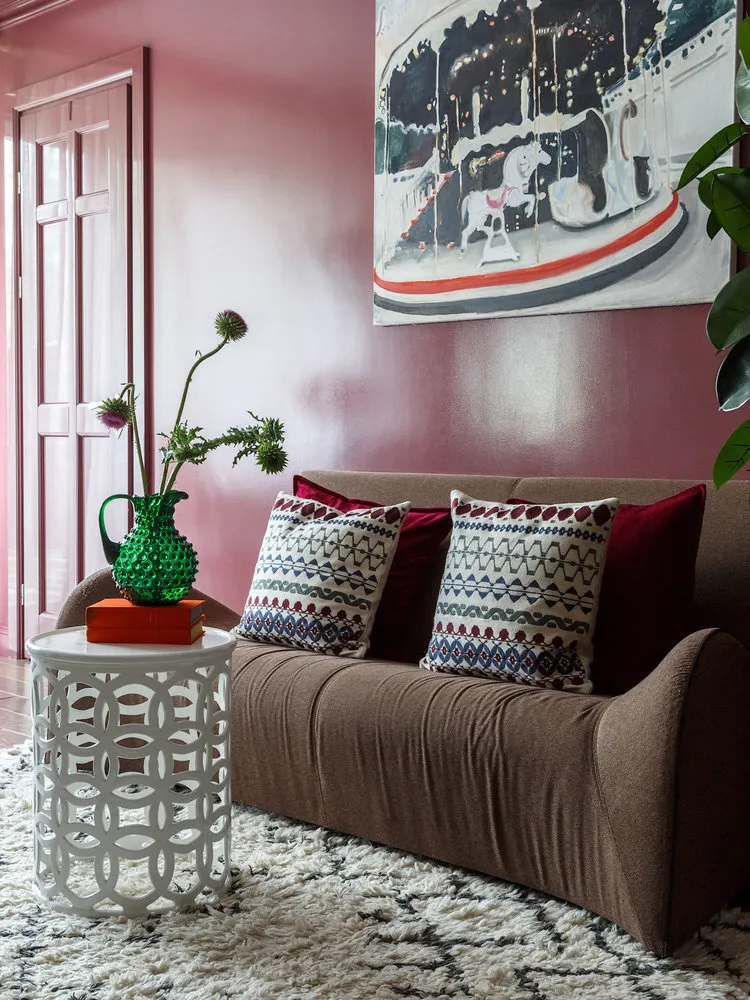
Design: Nadezhda Zотовa
Cover Design: Lines Design Bureau
More articles:
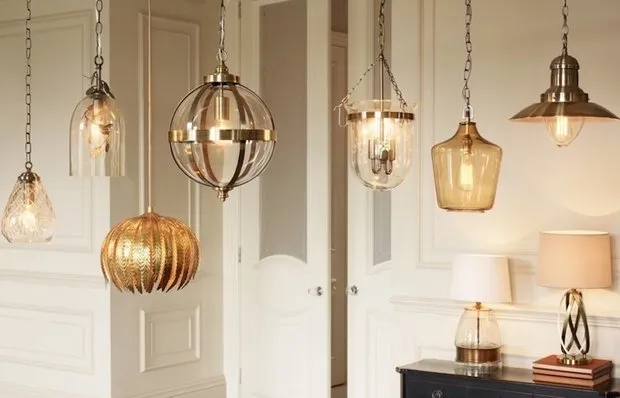 How to Reduce Electricity Bills: 6 Important Rules
How to Reduce Electricity Bills: 6 Important Rules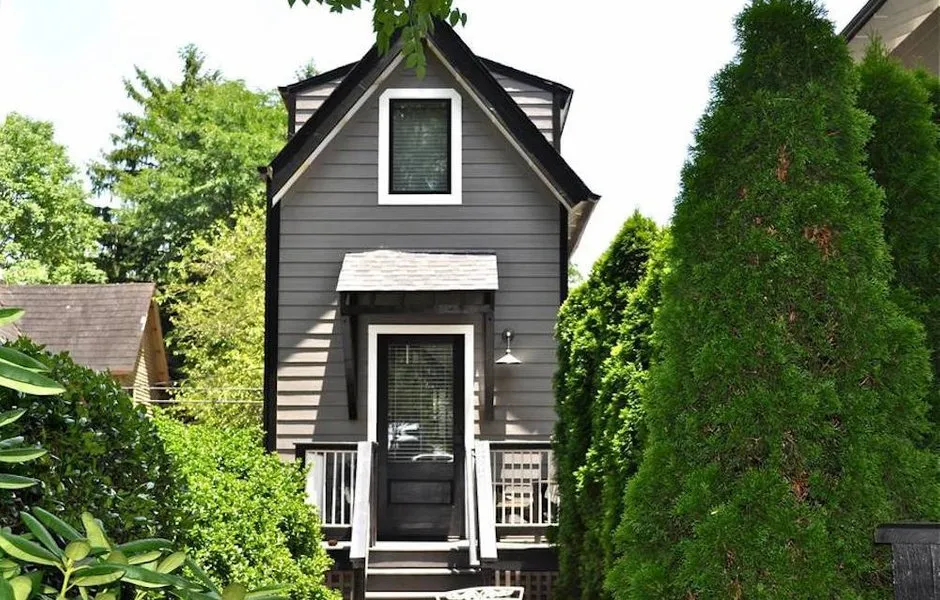 If Your Home Feels Tight: Ideas for Designing Narrow Spaces
If Your Home Feels Tight: Ideas for Designing Narrow Spaces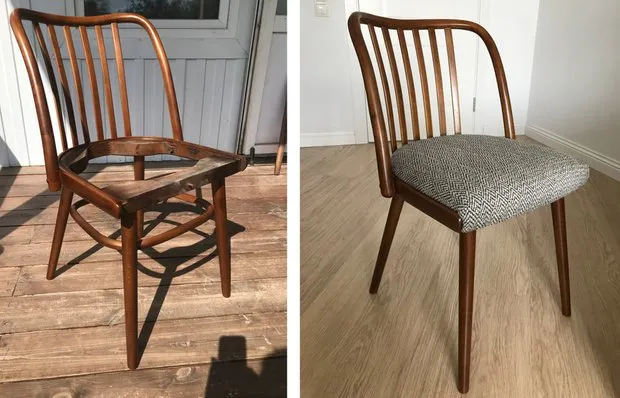 Refurbishing Old Furniture: Step-by-Step Guide + Photos
Refurbishing Old Furniture: Step-by-Step Guide + Photos What Did Zaha Hadid Create for the Bathroom? And 6 More Famous Designers
What Did Zaha Hadid Create for the Bathroom? And 6 More Famous Designers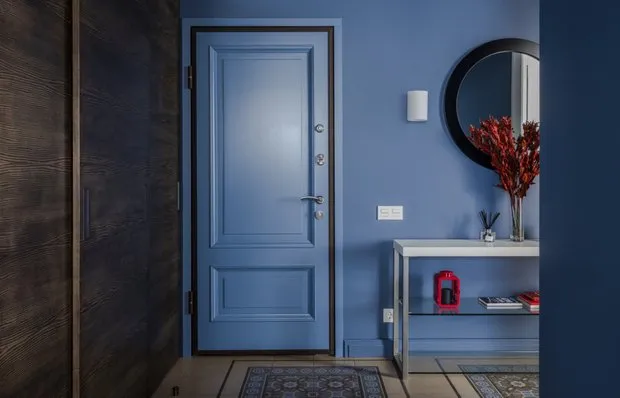 How to Fit Everything in a Small Hallway: 5 Ideas
How to Fit Everything in a Small Hallway: 5 Ideas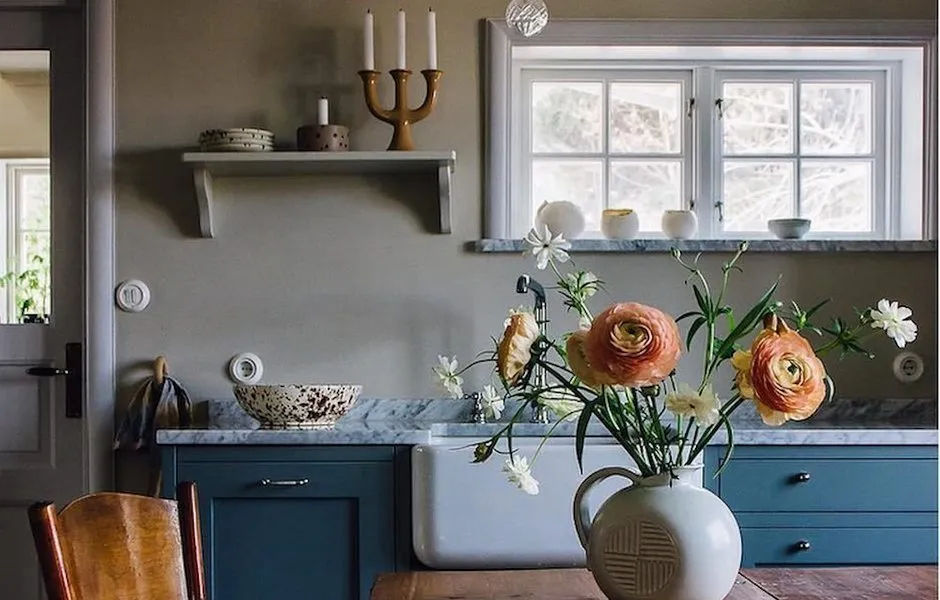 How to Choose the Perfect Kitchen Sink: 8 Tips
How to Choose the Perfect Kitchen Sink: 8 Tips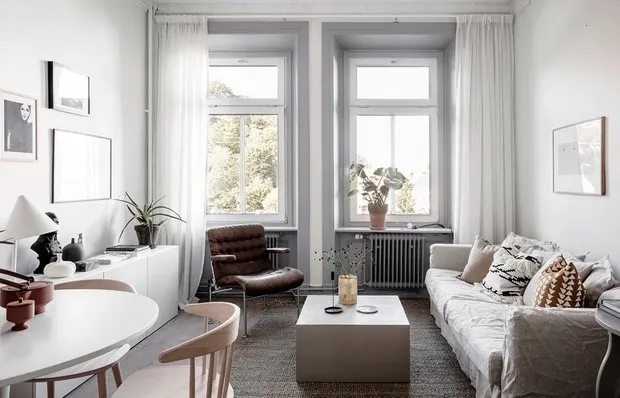 2-Room Apartment in Sweden with Brick Wall in Loft Style
2-Room Apartment in Sweden with Brick Wall in Loft Style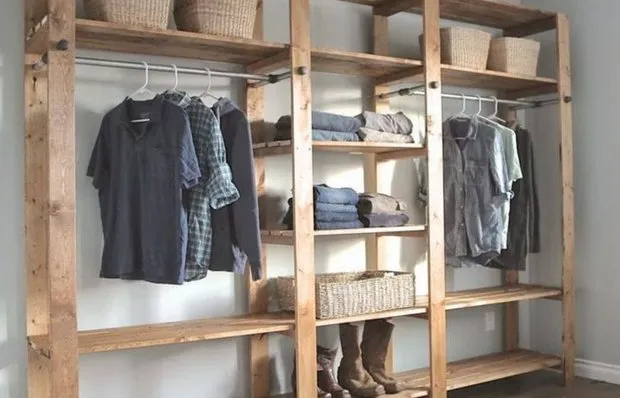 How to Make a Shelf from Boards and Pipes
How to Make a Shelf from Boards and Pipes